Goal: Hone the vector nature of the electric field
Source: CTQ283-7

Four
charges are positioned as shown. What is the direction of the
electrical field at the origin?
- Along i or in the +x direction
- Along -j or in the -y direction
- Along j or in the +y direction
- Along -i or in the -x direction
- Along some other direction
- E=0 at the origin
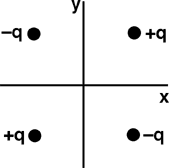
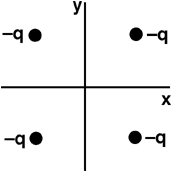
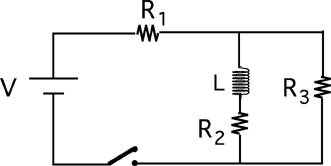
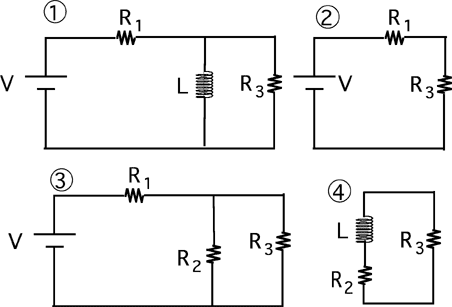
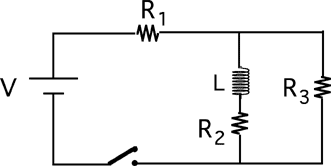
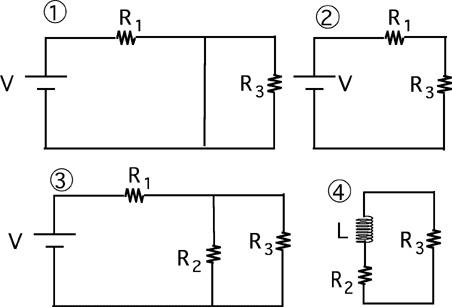
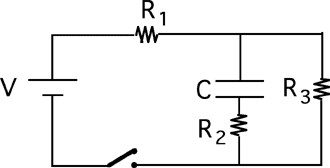
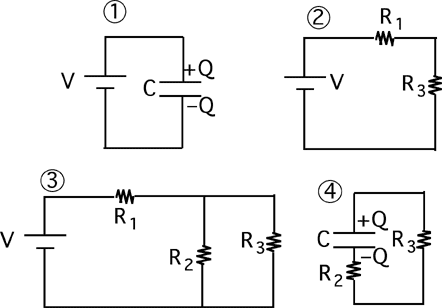

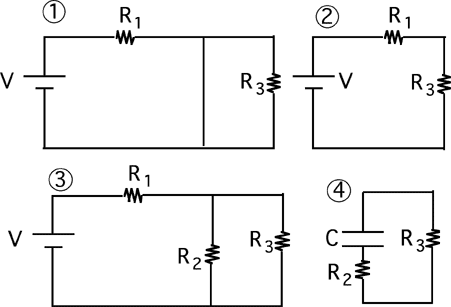
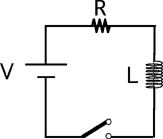
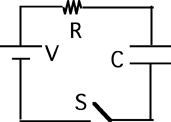
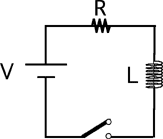
Commentary:
Answer
(3) Difficulty with this question indicates that students do not know
how the direction of the electric field relates to the sign of the
charge.